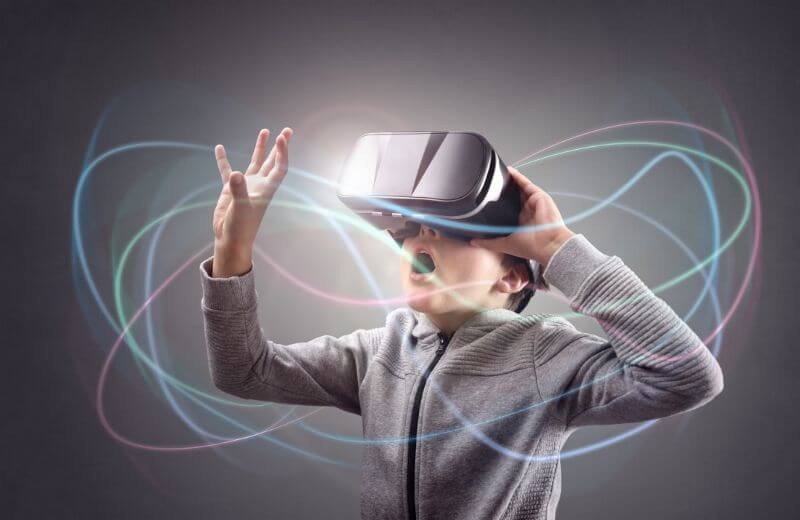Many parents and teachers believe that children nowadays are not sufficiently engaged in physical activities, as they spend most of their time on electronic devices and video games. Moreover, children today are more attracted to technology than playing outdoors. The Centers for Disease Control and Prevention estimate that 1 in 6 children and teenagers struggle with obesity as a result of reduced physical activities due to too much gaming.
Some students and teachers across different grades have resorted to VR fitness games in classes or events, an experience proven effective. In this context, it was necessary to find a solution that employs technologies to encourage children to move more and increase their activity levels; hence, the VR gym was launched.
This project depends on VR technologies that encourage participants to move their muscles and bodies instead of just their eyes and fingers, as in most video games. The player is asked to engage in a sport or do certain movements as part of the game.
Valley Day School in Morrisville, Pennsylvania, is the first school nationwide to install Lu, the state-of-the-art virtual gym. The gym, which was launched in May 2018, was equipped with camera sensors, a stereo sound system, 3D projectors, and other gaming accessories that turn PE class into a children's interactive video game. To enhance the benefit of this program and help maintain a healthy and beneficial lifestyle, it was added to the school curriculum just like mathematics.


The program has proven its success in consolidating the idea of employing VR technologies to encourage physical activity. The New York Times reported that the experiment was rolled out to the community as a whole, and not just within Valley Day School. Moreover, the Virtual Reality Institute of Health and Exercise and the Kinesiology Department at San Francisco State University have collaborated to develop the VR Health Exercise Tracker that specifically calculates burned calories. The Tracker is built on hundreds of hours of VR-specific metabolic testing using research-grade equipment and collected metabolic data, including the number of burned calories.






